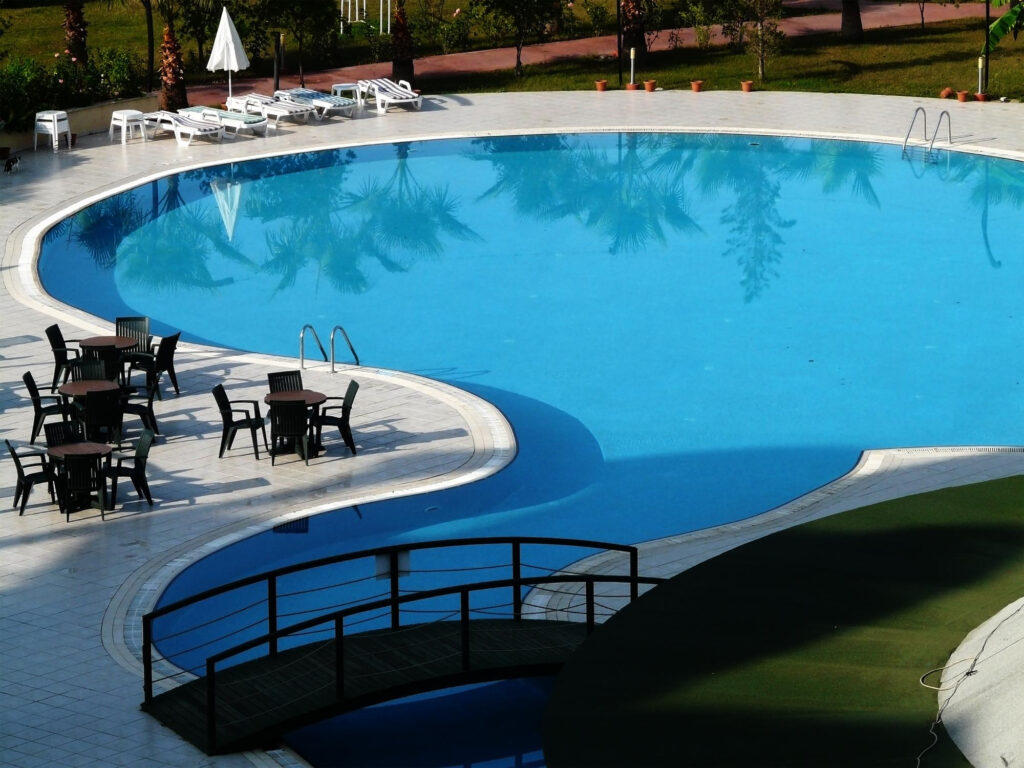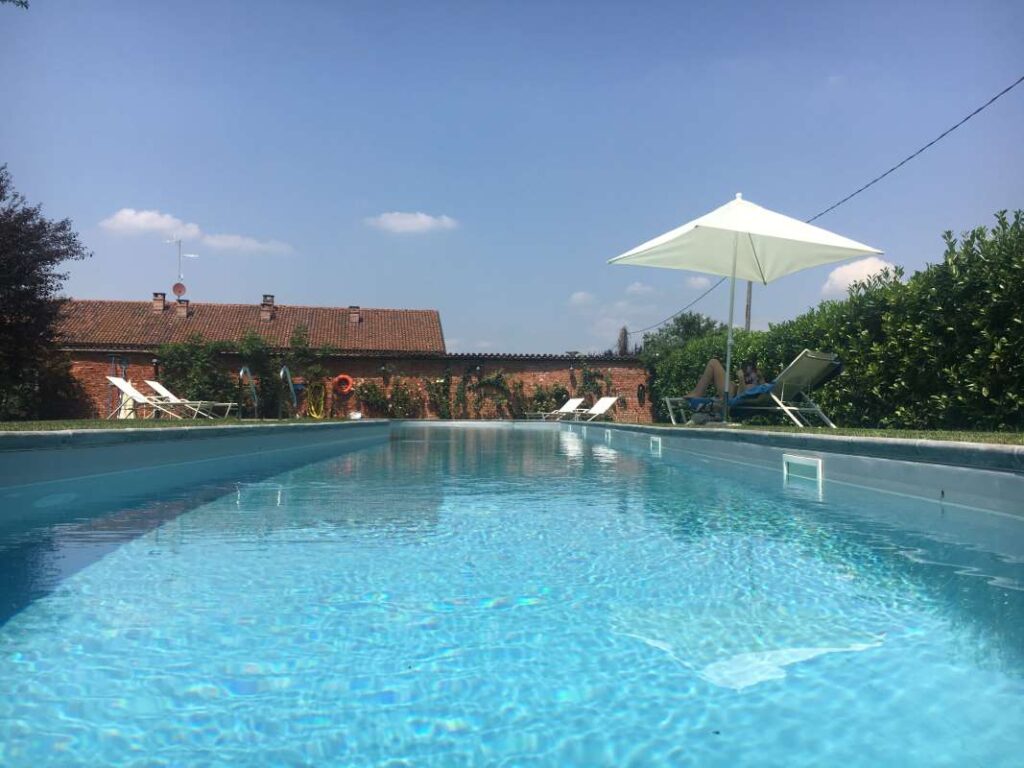77 Water Circulation Tips for Pools with Waterfalls or Extra Features
Discover effective water circulation tips that enhance the beauty and functionality of your pool with waterfalls and additional features.
This comprehensive guide provides essential water circulation tips specifically designed for pools equipped with waterfalls or other unique features. These tips will help you maintain clean, clear water while ensuring efficient circulation, which is vital for the health of your pool and its surrounding features. Whether you’re a pool owner looking to enhance your oasis or a professional seeking to provide exceptional service, this article will delve into crucial aspects including the mechanics of water circulation, maintenance strategies, and ways to optimize the functionality of your pool’s extra features.
Understanding the Importance of Water Circulation
Water circulation is a fundamental aspect of maintaining a healthy swimming pool environment. It ensures that:- Chemical Distribution: Proper circulation allows for even distribution of chemicals, which is vital for maintaining balanced pH and sanitation levels.- Debris Removal: Circulation helps move debris towards the skimmers, making it easier to remove leaves, dirt, and other particles that can detract from your pool’s aesthetic and hygiene.- Temperature Control: Consistent circulation helps maintain an even water temperature, which is especially important for pools with waterfalls or heating systems.- Preventing Algae Growth: Stagnant water is a breeding ground for algae. Effective circulation minimizes the risk of algae blooms, keeping your pool clean and inviting.Understanding these benefits is crucial for pool owners, particularly those with added features like waterfalls, which can complicate circulation patterns.
Choosing the Right Pump for Optimal Circulation
Selecting the right pump is essential for ensuring effective water circulation, especially in pools with waterfalls. Consider the following:- Pump Size: The pump must be appropriately sized for your pool volume and any additional features. A rule of thumb is to aim for a pump that can circulate the entire pool volume in 8 hours. For example, if your pool holds 20,000 gallons, you need a pump with a flow rate of at least 2,500 gallons per hour.- Variable Speed Pumps: Investing in a variable speed pump can save energy and allow for customizable flow rates. This flexibility is especially beneficial during peak usage times or for running waterfalls and other features.- Head Pressure: Account for the head pressure created by waterfalls and additional features. Ensure your pump can overcome this pressure to maintain effective circulation throughout the system.Choosing the right equipment not only enhances performance but can also significantly impact long-term maintenance costs, making it a worthy consideration for pool owners and service providers alike.
Designing Efficient Water Flow Paths
The design of your pool’s plumbing and features plays a significant role in how effectively water circulates. Here are some strategies to consider:- Strategic Skimmer Placement: Ensure skimmers are placed in areas where debris is likely to accumulate. This will enhance the efficiency of debris removal.- Return Jet Positioning: Position return jets to direct water flow towards skimmers and away from walls, which helps maintain effective circulation.- Waterfall Flow Rate: Adjust the flow rate of your waterfall to ensure that it complements the overall circulation system. A too-strong waterfall might disrupt circulation, while a weak one may not create the desired visual effect.An efficient design not only improves the visual appeal of your pool but also ensures that water circulation is optimized to support all features effectively.
Maintaining Your Pool for Optimal Circulation
Regular maintenance is vital to ensure that your pool’s water circulation system operates efficiently. Here are some essential maintenance tips:- Clean Filters Regularly: Dirty filters can impede water flow significantly. Ensure that you clean or replace filters as needed, typically once a month during peak swimming seasons.- Check Pump Functionality: Regularly inspect the pump for any signs of wear or malfunction. Listen for unusual noises, check for leaks, and ensure that it is operating at the correct speed.- Clear Debris from Skimmers and Drains: Ensure skimmers and main drains are free from obstruction. Regularly check these areas to maintain optimal water flow and prevent blockages.- Monitor Water Levels: Maintain appropriate water levels to ensure that the pump operates efficiently. If water levels are too low, it can cause the pump to run dry, leading to damage.By adhering to these maintenance practices, pool owners can ensure that their water circulation systems function optimally, enhancing the longevity of both the pool and its features.
Utilizing Water Features to Enhance Circulation
Waterfalls, fountains, and other features can enhance the aesthetic appeal of your pool, but they must be incorporated thoughtfully to support circulation. Here are some tips:- Incorporate Splash Areas: Design features that create splash zones, which can help agitate the water and promote circulation throughout the pool.- Adjustable Nozzles: Use adjustable nozzles for waterfalls and fountains to tailor the direction and intensity of water flow according to your circulation needs.- Compensate for Evaporation: Features that create splashes can lead to increased evaporation. Regularly check and replenish water levels to maintain circulation efficiency.By effectively integrating these features into the circulation system, pool owners can enhance both the visual appeal and functional performance of their pools.
Understanding Water Chemistry and Circulation
Water chemistry and circulation are closely interlinked. Maintaining the right chemical balance is essential for effective circulation. Here’s what you need to know:- pH Levels: The ideal pH range for pool water is between 7.2 and 7.8. Out-of-balance pH can lead to scaling or corrosion, affecting pump and filter efficiency.- Alkalinity and Calcium Hardness: These factors can impact chemical stability. Regular testing and adjustments ensure that chemical levels support effective water circulation.- Regular Testing: Testing water chemistry regularly will help catch imbalances that could hinder circulation and affect water quality.Ensuring that your pool’s water chemistry is in check not only enhances circulation but also contributes to a healthier swimming environment.
Utilizing Technology for Enhanced Pool Management
Technology can play a significant role in managing water circulation effectively. Here are some technologies to consider:- Automated Chemical Feeders: These devices can help maintain balanced water chemistry continuously, reducing the burden of manual adjustments.- Smart Pool Management Systems: These systems can monitor circulation, flow rates, and water quality in real-time, allowing pool owners to make informed decisions about maintenance.- Water Level Sensors: Automatic water level sensors can help ensure that your pool maintains the ideal water level, optimizing pump performance and preventing dry running.By leveraging technology, pool owners and service providers can enhance efficiency, save time, and ensure that pools remain in optimal condition.
Common Circulation Issues and Troubleshooting Tips
Even well-maintained pools can experience circulation issues. Here are some common problems and how to address them:- Weak Water Flow: This can be caused by clogged filters, closed valves, or low pump speed. Check each component systematically to identify and resolve the issue.- Floating Debris: If debris accumulates on the surface, check the placement of skimmers and return jets. Adjustments may be needed to enhance flow towards these areas.- Uneven Water Temperature: If certain areas of the pool are warmer or cooler, check that return jets are adequately positioned to promote even circulation.By addressing these common issues promptly, pool owners can maintain effective water circulation, ensuring a pleasant swimming experience.
Conclusion
Maintaining optimal water circulation in pools with waterfalls or extra features is essential for enhancing aesthetics and ensuring a healthy swimming environment. By understanding the importance of circulation, selecting the right equipment, and implementing effective maintenance strategies, pool owners can enjoy clear, clean water year-round. Whether you are considering purchasing a new pool service route or looking to enhance your existing setup, these tips will ensure that you maximize the functionality and beauty of your aquatic oasis. For those interested in expanding their pool service offerings, consider exploring
pool routes for sale in your region as a potential pathway to success.



